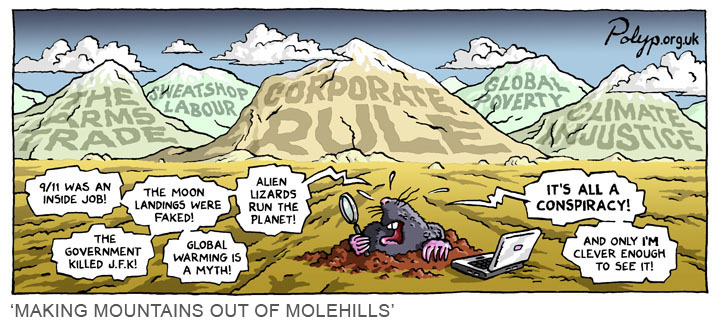Yesterday in my class on religion and science fiction, we began discussing Margaret Atwood’s dystopian novel The Year of the Flood
. On the same day, news broke of a salmonella outbreak in multiple states involving some seven different strains of the illness, with CDC workers returning to work despite the so-called government shutdown. News also broke that a UN worker may have brought cholera to Haiti and caused the recent epidemic.
How are these connected? The novel is set in a world in which things are effectively run by powerful corporations, including big pharmaceutical companies which have more or less perfected the art of genetic engineering, creating custom tailored animals as well as cures.
And illnesses. Because, as we also discussed in class, businesses are interested in customer satisfaction, but only as a means to profit. There is no profit in actually eliminating disease. And so, in the dystopian future Atwood depicts in the MaddAddam trilogy, of which The Year of the Flood is the second book, pharmaceutical companies ensure their ongoing profits by placing the next big illness as a time-released component in the cure for the previous one.
We had great discussion of the inefficiencies of government bureaucracy and the extent to which big businesses already donate to and influence politicians, and of whether things would be better or worse if government and its services were privatized. Ultimately, even those who favor what Americans tend to refer to as “small government” still think that we need an official and powerful representative of the people to protect us from power monopolized by corporations.
It would be easy to engage in conspiracy-theory types of thinking about this. But that’s just what “they” want us to think. It is more likely that the conspiracy theorists of our time, trying to get people to stop using vaccines and get fluoride out of the drinking water, are actually themselves working for the interests of the pharmaceutical and dental industries, who only stand to profit if old diseases may a comeback and people’s teeth lack the best protection.
The dystopian future Atwood depicts is chilling because, for all the satirical and over-the-top names she gives to some of the corporations and products, her future still resembles one that we can reach on our current trajectory.














